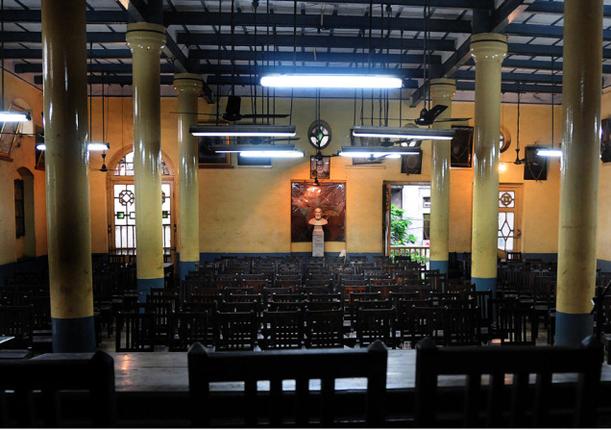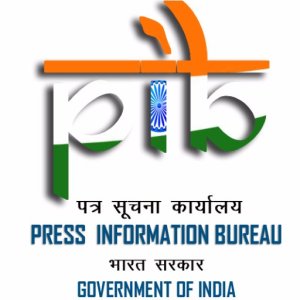
Author : PRIYADARSHI DUTTA
This 1869-batch ICS officer could have evolved into a seasoned civil servant. But his dismissal from the service, on flimsy ground in 1874, led to reorientation of priorities. He came to the arena of public life. India came directly under the British Crown in 1858. Constitutional politics had been growing in Bengal and Bombay Presidencies even prior to that. Yet, the underdeveloped communication kept different parts of India at bay. But proliferation of the railway network in 1870s and 80s closed those gaps. Surendranath Banerjea (1848-1925) was the right person at the right time to capitalize upon it. He arose as the first all-India leader.
Ruined in his career by 1875, Banerjea began to participate in ‘public life’ in Kolkata. His maiden public speech during the Temperance Movement in Bengal, aimed at discouraging drinking, made people take notice of him. Ishwar Chandra Vidyasagar, the great educationist and reformer, made him the Professor of English at Metropolitan Institution.
He was a skilled orator, and soon he was in great demand amongst the students’ community in and around Kolkata. He was the first to familiarize an Indian audience with Giuseppe Mazzini (1805-1872), the pioneer of Italian unification. Banerjea was the first leader to use material from Indian and foreign histories to instill a sense of patriotism amongst his audience. But he remained a thoroughbred ‘Moderate’. In those days there was no demand for ‘independence’ from British rule. The demand was for better representation in legislative councils and bureaucracy in order to participate in decision making.
Founding a political association was on Banerjea’s mind. It came true on July 26, 1876. On that day, Banerjea along with Ananda Mohan Bose formed the ‘Indian Association’ in Kolkata.

Banerjea, inspired by Mazzini, wanted an India unified in the matter of political aspiration and programme. British Prime Minister Marquis of Salisbury’s decision to reduce the maximum age to sit in Indian Civil Services from 21 to 19 year provided the handle. Banerjea recognized it as a ploy to exclude Indians from the Civil Services. He organized a huge public meeting against this decision on March 24, 1877 in Town Hall, Kolkata. The meeting adopted on an action plan never attempted before. It resolved to bring whole of India on a common platform, on civil services in particular, but also all policies affecting Indians in general.
Few realized that Banerjea was creating history when on May 26, 1877 he embarked upon a tour of northern India by train. He was the first Indian to exploit the growing railway network in India for political purpose. By the mid-1870s the railway network had attained a critical mass of 6,519 miles (10,430 kms). Banerjea covered Lahore, Amritsar, Delhi, Merut, Aligarh, Kanpur, Lucknow, Allahabad and Varanasi. Crowded meetings were held in all places to adopt Civil Services memorandum. Wherever possible associations affiliated to Indian Association, Kolkata were formed. Banerjee thus gave shape to a public life that was waiting to manifest from one end of India to the other. The following year, he made a similar railway tour to Bombay and Madras Presidency. His aim was to unite the scattered political aspirations and developments across India. In the process, he laid the groundwork for the Indian National Congress that was subsequently established in December, 1885.

In fact the Congress was prefigured in the first National Conference organized by Indian Association in Kolkata between December 28 and 30, 1883. It was presided over by Ramtanu Lahiri, a veteran of Bengal Renaissance. The issues discussed were Representative Councils or Self-government, general and technical education, separation of judicial from executive functions in the administration of criminal justice and greater employment of Indians in public service.
In May, 1884 Banerjea again toured northern India extensively over the civil services question that remained unsettled. He trudged the earlier route between Kolkata and Lahore. Petitions to Secretary of State, to increase the maximum age limit in civil services was drawn up. A public service commission was appointed in 1885, as a result of whose recommendation the maximum age limit was raised.
The Second National Conference of the Indian Association was held during December 25-27, 1885 in Kolkata. The dates clashed with the first session of the Indian National Congress held in Bombay (Mumbai). The two events were planned without any coordination between the organizers. This prevented Banerjea from attending the Bombay Congress. The issues discussed in Bombay Congress, 1885 bore imprint of First National Conference (1883). Banerjea informs that Justice K.T. Telang, who was associated with Bombay Congress, had asked for notes of the First National Conference. But between 1886 and 1917, Banerjea attended every annual Congress except Karachi (1913). Banerjee also twice presided over Congress- Pune (1895) and Ahmedabad (1902).
He was part of the nine member Congress delegation to England in 1890. Every delegate had to bear his own expenditure completely. Banerjea distinguished himself as the sole spokesperson. His series of lectures on political reforms that Congress sought impressed British audience. But his finest hour came on May 22, 1890 at the Oxford Union debate- ‘This House views with regret the non-recognition of elective principles in the Bill now before the House of Commons’. Oxford being the hub of British Conservative politics, it was feared the motion would be defeated. But he pulled up a brilliant coup against Lord Hugh Cecil. The majority voted in favour of the motion. An indirect elective principle was recognized in the Indian Councils Act, 1892.
Banerjea’s unrivalled power of eloquence was his forte. He was called the ‘Trumpet Orator’. But that was not a substitute for his devotion towards India. Let none who does not love his country, he said, aspire to become an orator. During 1905-11 he took leading part in the Bengal anti-partition movement but opposed boycott and acts of violence. He was a champion of local self government and founder of Ripon College (now Surendranath College).He became a member of Imperial Legislative Assembly in 1921 and was knighted the same year.
*The writer is an independent researcher and columnist.


Leave a comment